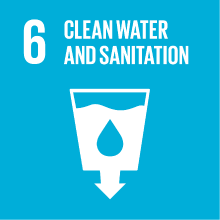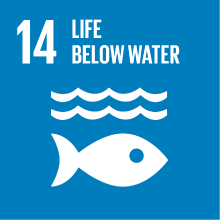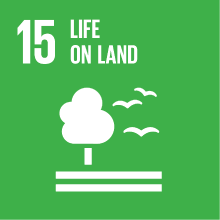BIOCULTURAL DIVERSITY
- Academic year
- 2024/2025 Syllabus of previous years
- Official course title
- BIOCULTURAL DIVERSITY
- Course code
- LMH300 (AF:502198 AR:284350)
- Modality
- On campus classes
- ECTS credits
- 6
- Degree level
- Master's Degree Programme (DM270)
- Educational sector code
- BIO/01
- Period
- 1st Semester
- Course year
- 1
- Where
- VENEZIA
- Moodle
- Go to Moodle page
Contribution of the course to the overall degree programme goals
Biocultural diversity is the diversity of life in all its manifestations: biological, cultural, and linguistic. This interdisciplinary course will give a profound overview of historical and current trends in areas closely related to biocultural diversity with a special focus on ethnobotany. Students will learn the basics of the interdisciplinary methodology applied to study biocultural diversity. The general framework of the course postulates the crucial importance of traditional and local ecological knowledge for the survival of humankind on the same rights as those of current scientific knowledge. The course will require active group work and discussions during the class and group presentations based on scientific and popular articles. Students will develop a critical reading habit and by the end of the course will present the draft of the research project related to the subject of the course.
Expected learning outcomes
a) Knows the basic terminology used to address bicultural diversity.
b) Knows the historical factors that shaped biocultural diversity.
c) Knows the diverse factors influencing current practices related to biocultural diversity (ecological, social, political, economic, educational etc.).
2. Ability to apply knowledge and understanding
a) Have learned how to properly use the terminology in all the processes of application and communication of the acquired knowledge.
b) Can recognize different factors in the analysis of the changes in biocultural diversity.
c) Can see the applications of learned strategies in everyday life and to suggest the best possible strategies for different stakeholders.
3. Judgment skills
a) Will learn to choose a subject for independent work.
b) Will learn to formulate scientific hypotheses.
4. Communication skills
a) Know how to communicate the specificities of biocultural diversity using appropriate terminology.
b) Knowing how to interact with peers and with the tutor, in a critical and respectful way.
5. Learning skills
a) Have improved presentation skills by presenting a literature review.
b) Have improved reviewer skills by reviewing fellow students works.
c) Have developed skills for critical reading of scientific publications.
Pre-requirements
Contents
Section 1. Biodiversity: major theories and changes in understanding of its importance from human perspective. Theory and practice. Extinction and de-extinction, ethics of human choices regarding biodiversity. Biodiversity expressed in food (practical exercise).
Section 2. Linguistic diversity: Diversity of languages and their relation to the diversity of life. Language as a mean of communication experience of nature and its components. Natural- and meta-language and their importance for interpretation of living systems. The importance of naming and conceptualizing.
Section 3. Cultural diversity: history of research, changes in attitudes and methods. Relations between culture and nature, examples of traditional and local ecological knowledge as reservoirs of solutions for current problems humankind is facing.
Section 4. Ethnobotany: the relation between people and plants. Food, medicinal, ethnoveterinary and household use of plants. Evolution of the ethnobotanical practice, from pre- and post-Neolithic plant use to current tendencies. Diverse factors influencing current ethnobotanical practice (ecological, social, political, economic, educational etc.). The role of books (incl. old herbals) and media (incl. social media) in distribution and homogenization of plant-related knowledge. Migrants’ ethnobotany, adaptation to new culture and environment. Urban ethnobotany.
Referral texts
Aronson, S.M., 2007. Local science vs. global science: Approaches to indigenous knowledge in international development (Vol. 4). Berghahn Books.
Maffi, L. and Woodley, E., 2012. Biocultural diversity conservation: a global sourcebook. Routledge.
Assessment methods
Active participation in the seminars – 25 %
Independent study and presentation – 20%
Reviewing two independent studies and debates – 5%
Written exam – 50%
Students will have access to the pdf of the lecture slides.
The written exam will consist of ten open questions requiring a concise and well-supported answer on the different subjects covered within the course. The value of every question is 10% of the final grade. Those students who attended all lectures and submitted their independent study, will be allowed to chose five questions to answer. Students are allowed to use their handwritten notes during the exam.
Type of exam
Teaching methods
The independent study will be in the form of a presentation to an imaginary project competition within the scope of bio(cultural)diversity in the context of global change. The study will need to lead to a hypothesis or two for prospective future research. Each student will present his or her study to the class; the presentation will be accompanied by the disputation with two reviewers from the class.
Teaching language
2030 Agenda for Sustainable Development Goals
This subject deals with topics related to the macro-area "Natural capital and environmental quality" and contributes to the achievement of one or more goals of U. N. Agenda for Sustainable Development



